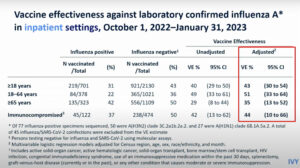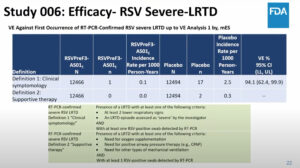NEW YORK (Reuters Health) – US researchers have identified 10 antibodies that provide broad-spectrum neutralization of human and avian influenza A viruses. The researchers report their findings in the February 22nd online issue of Nature Structural & Molecular Biology.
Influenza virus, Dr. Wayne A. Marasco and co-researchers comment, poses a serious health threat, in large part because of the rapid genetic drift and reassortment that allows it to escape immune surveillance. Therefore, antibodies that can counter or bypass these genetic changes could play a key role in controlling outbreaks.
Dr. Marasco, from Harvard Medical School, Boston, and colleagues used a phage-display antibody library and the H5 hemagglutinin ectodomain to select for neutralizing antibodies capable of inhibiting H5N1 (bird flu) viral infection in vitro and in vivo.
From their search, the authors identified 10 neutralizing antibodies with activity against all of the group 1 viruses tested, including H5N1 as well as H1N1 (Spanish flu). Nine of the antibodies used the same germline gene, VH1-69, and appeared to share the same neutralizing mechanism.
Structural analysis of one of the antibodies suggested that it inhibits infection by inserting its heavy chain into a highly conserved pocket in the stem region of H5 hemagglutinin, which in turn prevents membrane fusion.
The results suggest that this stem region “is recalcitrant to neutralization escape and that neutralizing antibody-based immunotherapy is a promising strategy for broad-spectrum protection against seasonal and pandemic influenza viruses,” the authors conclude.
Referece:
Nat Struct Mol Biol 2009.




